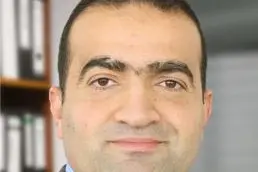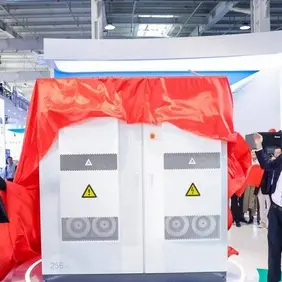PHOTO
UAE remained the top performer in the MENA region in terms of occupancy in 2014
Hotels across Dubai witnessed a decrease in RevPAR by 5.7% in January 2014 when compared to January 2015
DUBAI, 25 MARCH 2015: The MENA region's hospitality market saw stable growth across key performance indicators in 2014, according to EY's Middle East Hotel Benchmark Survey Report. Amid ongoing oil price volatility, the sector may face a possible slowdown in 2015 if price remains low or continue to decrease.
Yousef Wahbah, MENA Head of Transaction Real Estate at EY says:
"If occupancy rates are to remain the same or decrease; the extra supply that is slated to enter the MENA hospitality market in 2015, coupled with unstable oil price, may have an effect on the industry's growth rates over the coming year. Conditions may not be as vibrant as they were in 2014. There were over 4,000 keys expected to be delivered to the Dubai market in 2015, however we see the hotel developments construction pace slowing with delays in the scheduled opening dates of the hotels. In terms of transactions, the hospitality sector could see a drop in the number of deals given the uncertainty in the market. The next six to nine months will be a critical period for the industry to monitor whether the price of oil stabilizes and the effect this will have on the number of hospitality transactions and developments in the region."
2014 hotel performance
The UAE remained the top performer in the MENA region in terms of occupancy in 2014, maintaining a high average of 79% in Dubai and Abu Dhabi. RevPAR saw a slight dip in the two cities compared to 2013 due to the large room supply that came online in 2014.
In the wider MENA region, Cairo, Manama, Doha and the major cities in Saudi Arabia saw noticeable increases in both occupancy and RevPAR. Cairo saw its occupancy increase from 26% in 2013 to 35% in 2014, and more notably saw an increase of 53.1% in RevPAR largely due to a 15% increase in average room rate compared to 2013.
The three major cities; Madina, Riyadh and Jeddah saw their RevPAR in 2014 increase by 7.3%, 11.2% and 6.8% respectively compared to 2013. The Saudi cities are expected to have a strong pipeline of new hotels based on the strong performance seen across the country's hotels.
2014 was a positive year for Doha; the city saw it's occupancy rise by 7%, leading to an increase in RevPAR of 13.4%. Doha maintained a high occupancy rate of 70%, one of the highest across the MENA region.
January hotel performance
Hotels in Dubai saw a number of Russian tourists cut their December holidays short upon news of economic uncertainty in their home country. The strong supply growth of hotels in Dubai continued to surpass the growth in demand in January. Hotels across Dubai witnessed a decrease in RevPAR by 5.7% in January 2014 when compared to January 2015. The drop in room revenue was largely due to ADR dropping from US$338 in January 2014 to US$321 in January 2015.
"The political situation and the weakening of the Russian ruble has led to a decrease of inbound travelers from Russia and some of the eastern European countries, which drives significant demand in the city. Dubai, however, is a global magnet, attracting tourists from all parts of the world, making it relatively resilient to fluctuations from one specific market. Dubai's occupancy rates continue to meet and sometimes outperform the rates of international established hotel markets such as London, Paris and New York. Although it will be difficult to sustain the same performance Dubai saw in 2014, if market conditions stabilize, 2015 could still be a very good year for Dubai's hotel market," comments Yousef.
Abu Dhabi's RevPAR decreased by 4.0%, mainly due to a drop in ADR of 3.9% from US$223 in January 2014 to US$214 in January 2015, while maintaining the same occupancy levels as last year.
"Overall the MENA hospitality market continued to see stable rates across the peak tourism season which lasts until March. With the increase of conferences and events held in the region, paired with mild weather, we can predict this growth to remain stable and continue into the coming months. We expect the UAE, Saudi Arabia and Qatar hospitality markets to maintain high occupancy and RevPAR levels. It may be difficult, however, for the MENA region to sustain the same level of positive performance if oil price stays low or continues to drop beyond the next six to nine months," concludes Yousef.
-Ends-
Lamice Murshid
MENA Public Relations
+971 4 332 4000
lamice.murshid@ae.ey.com
Naeem Badiuzzaman
MENA Public Relations
+971 4 332 4000
naeem.badiuzzaman@ae.ey.com
© Press Release 2015











